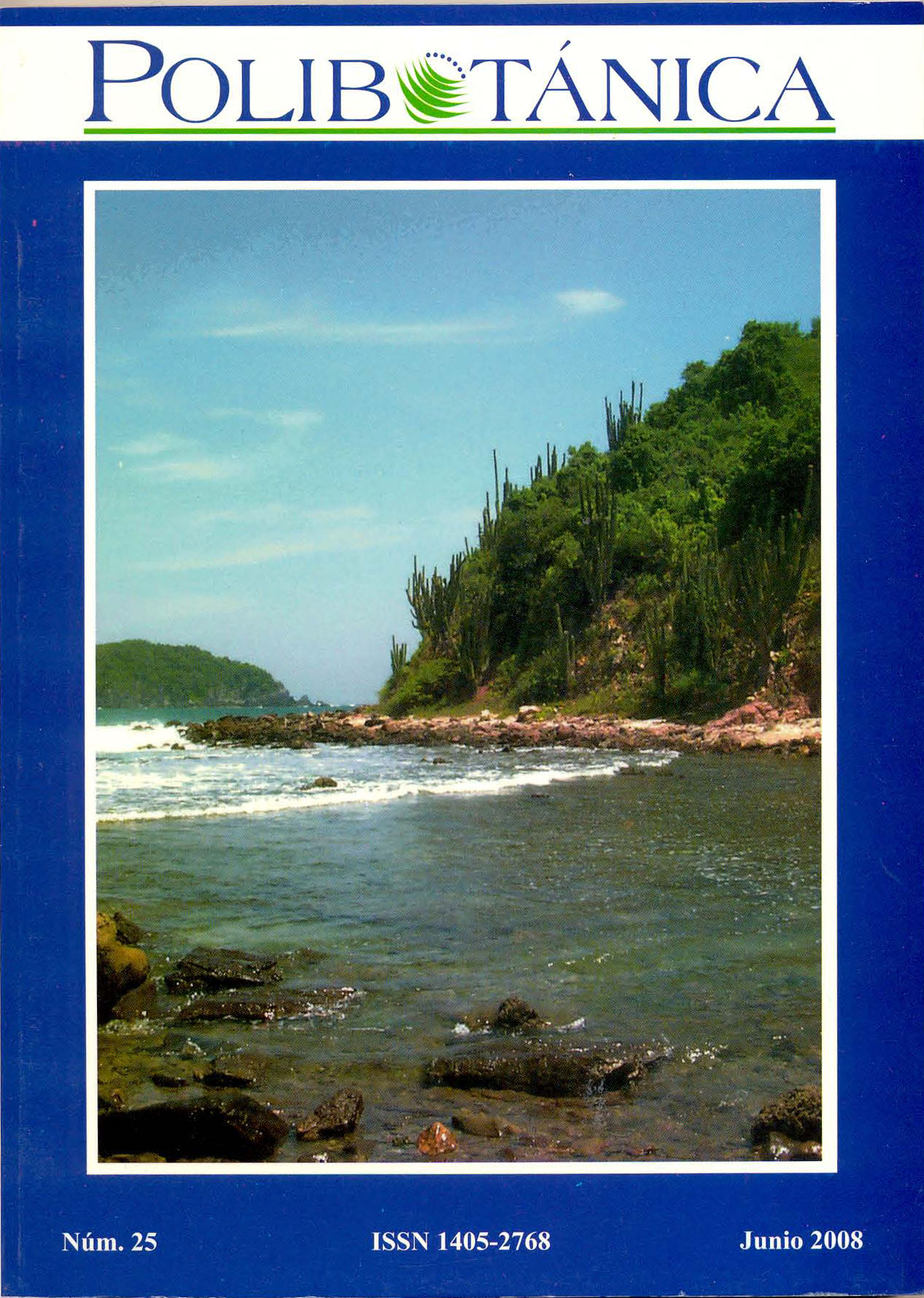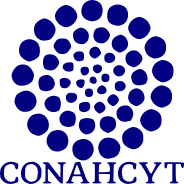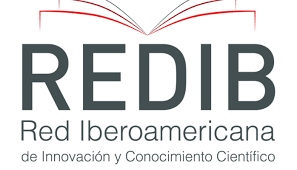ANÁLISIS MULTIVARIADO PARA DISEÑAR LA RESTAURACIÓN DE LA LLANURA ULTRAMÁFICA DE LA RESERVA NATURAL DE MARAGUÁN EN CAMAGÜEY, CUBA
Abstract
In the ultramafic plain of the Natural Reservation of Maraguán, in Camagüey, Cuba,
various efforts have been carried out since
2005 to increase knowledge of the flora
and vegetation of the area to facilitate the
elaboration of a rehabilitation strategy,
particularly for those areas in which high
levels of anth ropogenic disturbance have
been identified. With the information obtained from these studies and the aim of
reducing its dimensionality, a matrix of
variables was built and was processed using
principal components analysis (PCA). Five
components explained more than 90% of
the variation recognized in the area. The variables contributing in the greatest degree to
the formation of the most important factor
(F1) were mostly those related to the soils of
the reservation (plasticity index, maximum
and minimum limits of water retention, levels of ecological - landscape modification,
moisture of the landscape and depth of soil),
whereas in regard to the vegetation, the
most important variables were the number
of parapophyte s (EVEN) followed by the
number of species with structures for water
regulation (ESPER). We conclude that the
statistical analysis used explains the relationships among the main variables in the
ecosystem and that it contributes valuable
information that serves as a starting point for
the design of ecosystem rehabilitation.
Downloads
Published
Issue
Section
License

Polibotánica by Departamento de Botánica de la Escuela Nacional de Ciencias Biológicas del Instituto Politécnico Nacional se distribuye bajo una Licencia Creative Commons Atribución-NoComercial-CompartirIgual 4.0 Internacional.




















